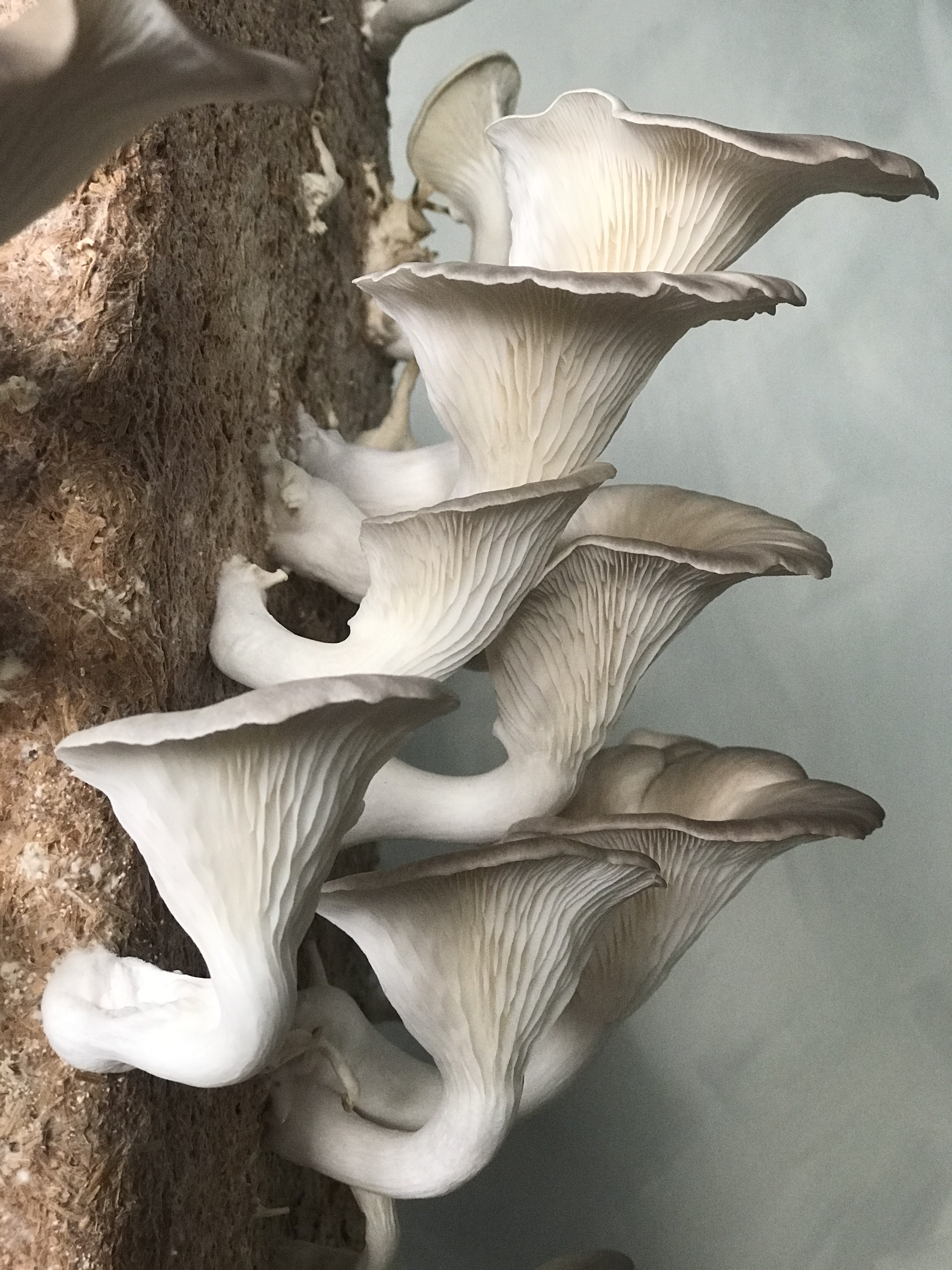Why is 7 billion SEK rotting away in our gardens?
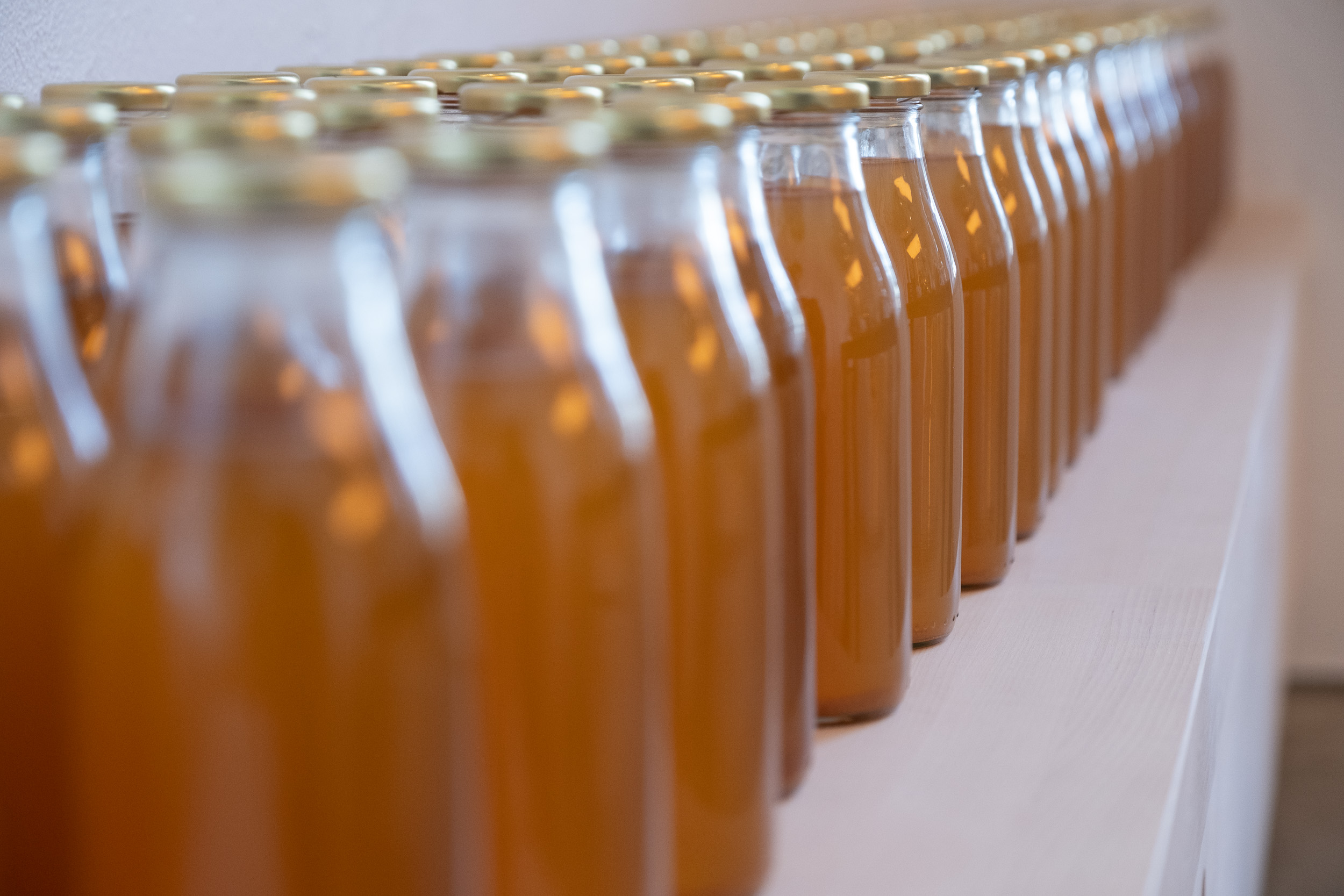
The challenge
Annually, 252 000 tonnes of apples grown in Swedish gardens around the country are left to rot on the ground, meaning we use only 1 out of 10 apples. What if we tried to use this bounty around us, and turn them into something delicious? This year, we decided to celebrate the most local fruit we have in Sweden and transform it into some mouth-watering cold-pressed apple juice.
The process
Three colleagues from SALLY spent one workday processing the fruits from the garden of SALLY’s own Head of Sustainability, Kristoffer. The apple trees from Kristoffer’s garden produced around 500 kilograms of apples this year, alone! The final result? 260 bottles of tart and tasty apple juice.
Instructions
01 Get started
Get started by borrowing or buying a food mill and fruit press. Most importantly find a team to help with the juicing. 250 kilograms should roughly yield around 115 liters of cold-pressed apple juice.
02 Prepare
The apples should be rinsed and thrown in the mill. Transfer the pulp to the press and extract the juice. Fresh apple juice will normally last for 2-3 days in the fridge. Pasteurized juice can be stored anywhere between 6 months and 2 years, depending on the temperature it is stored.
03 Alternatives
Leftover apple pulp can be further transformed into either canned applesauce, canned apple pie filling, or even apple vinegar instead of just composting it. The options are endless.
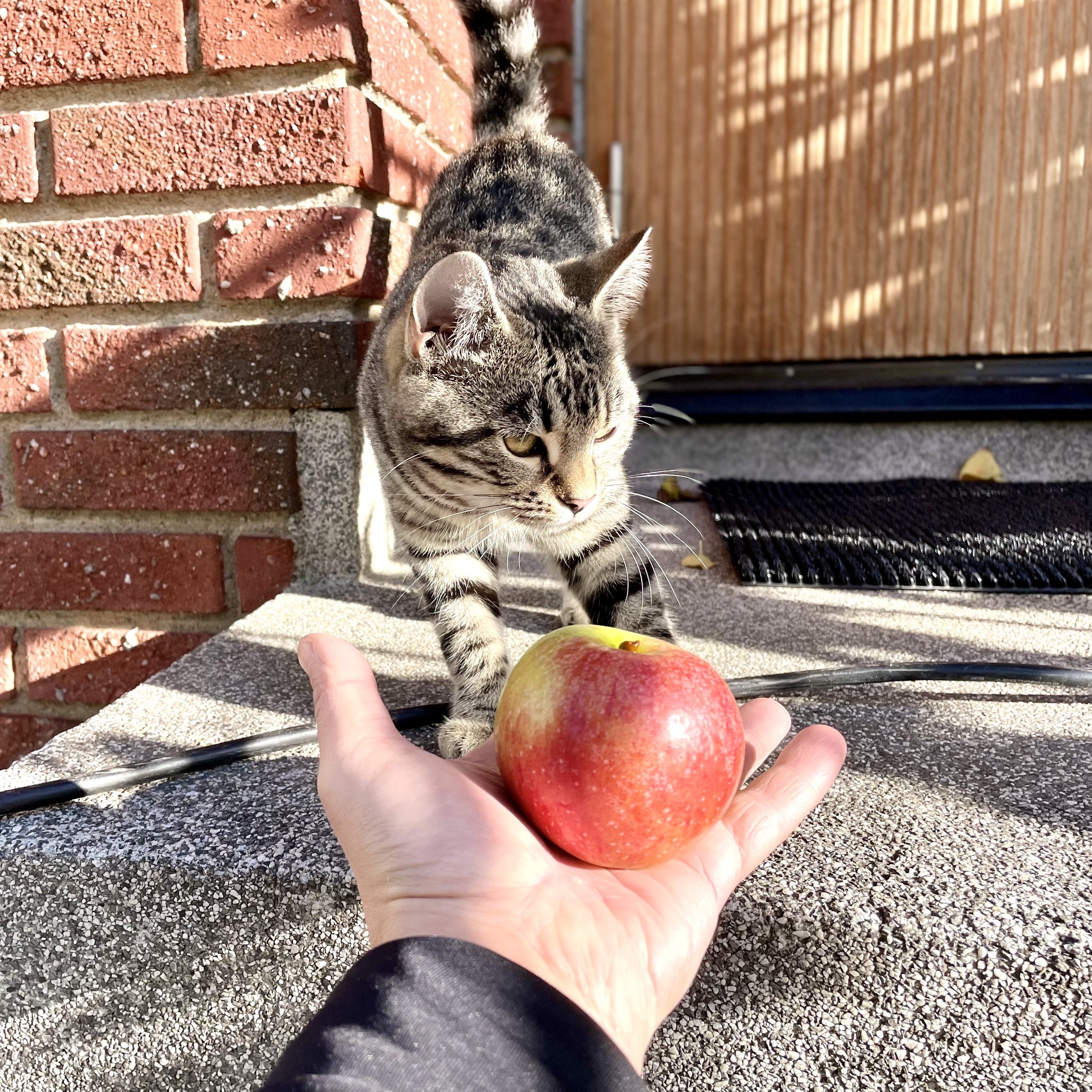
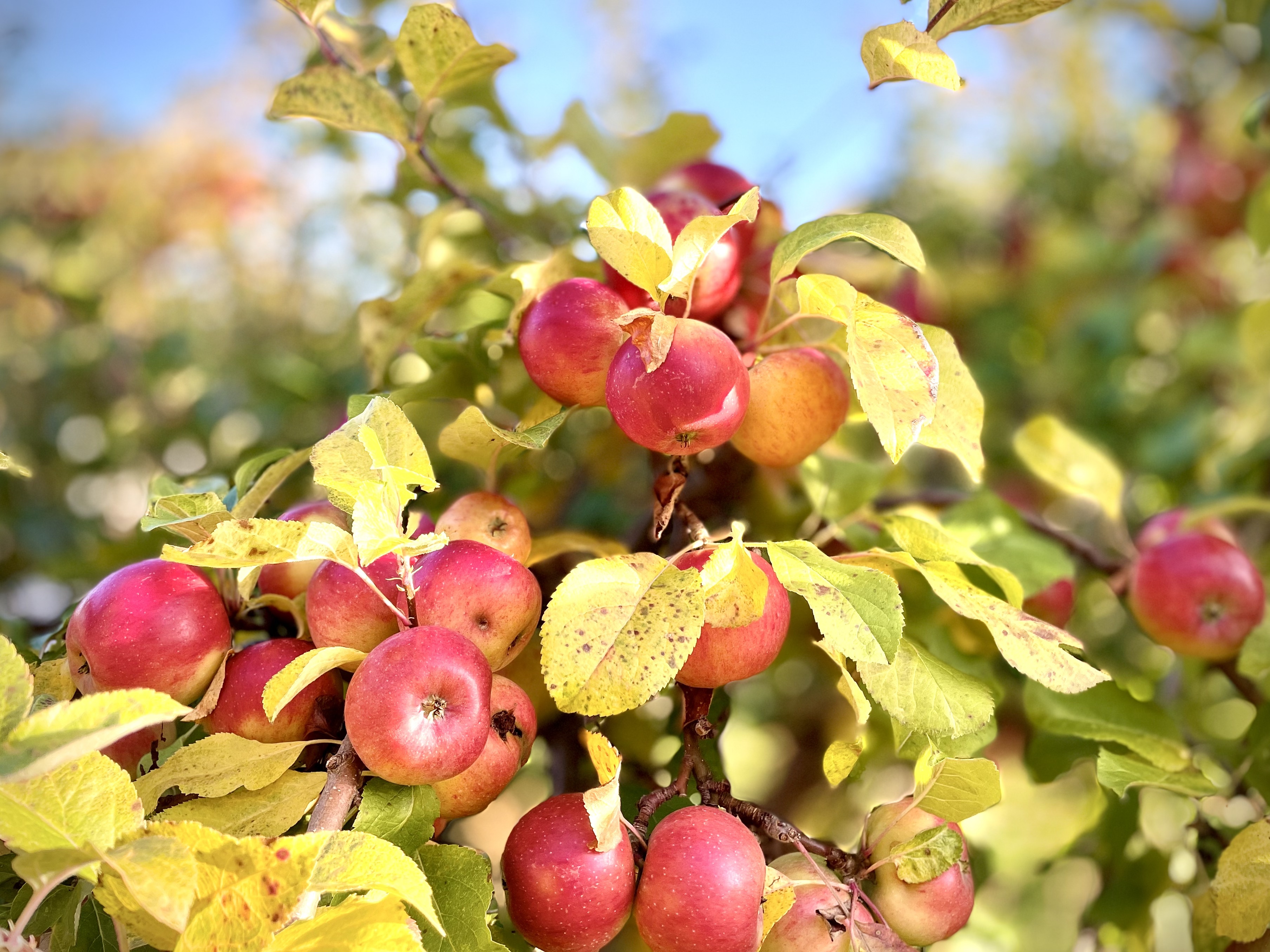
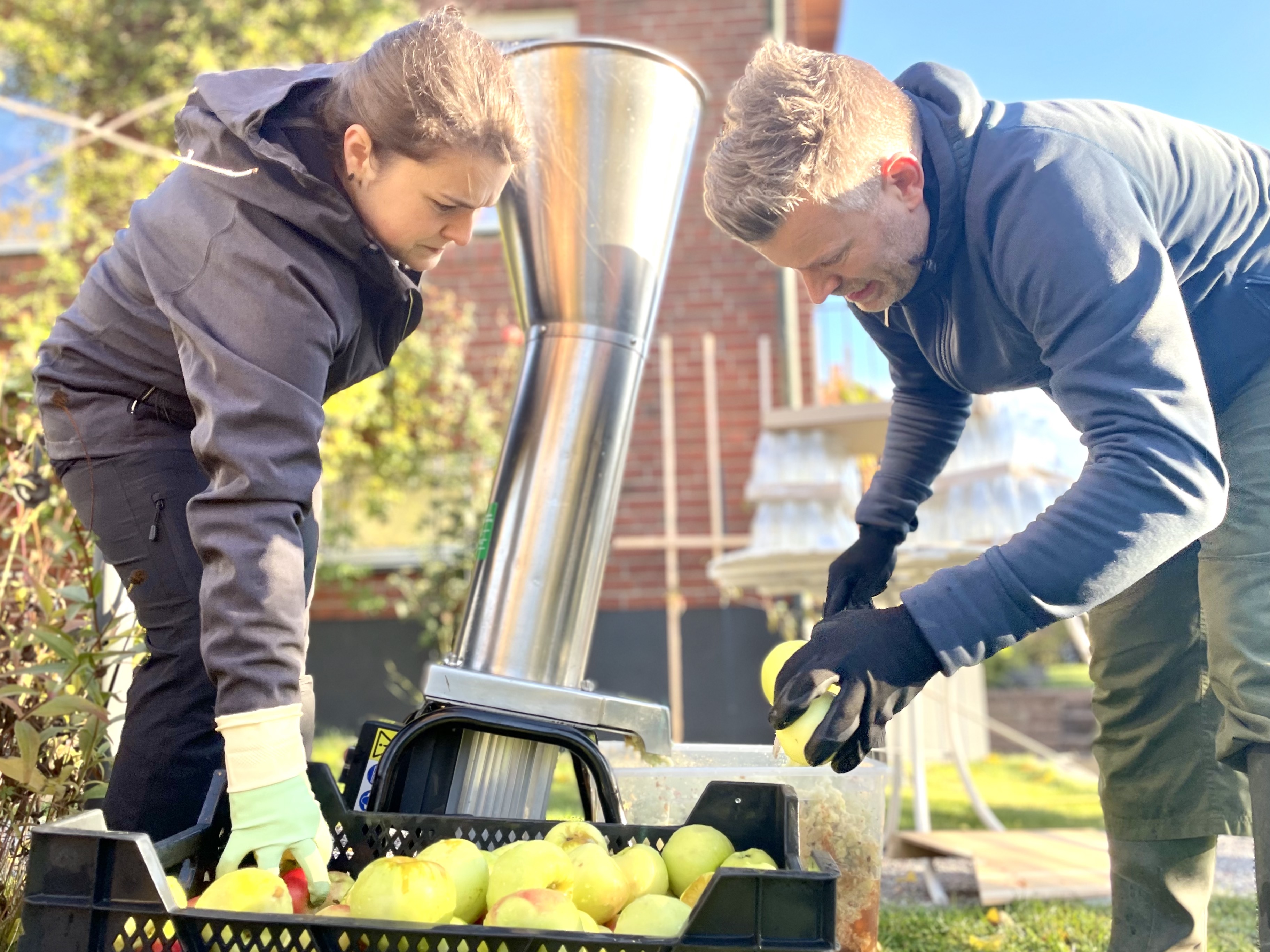
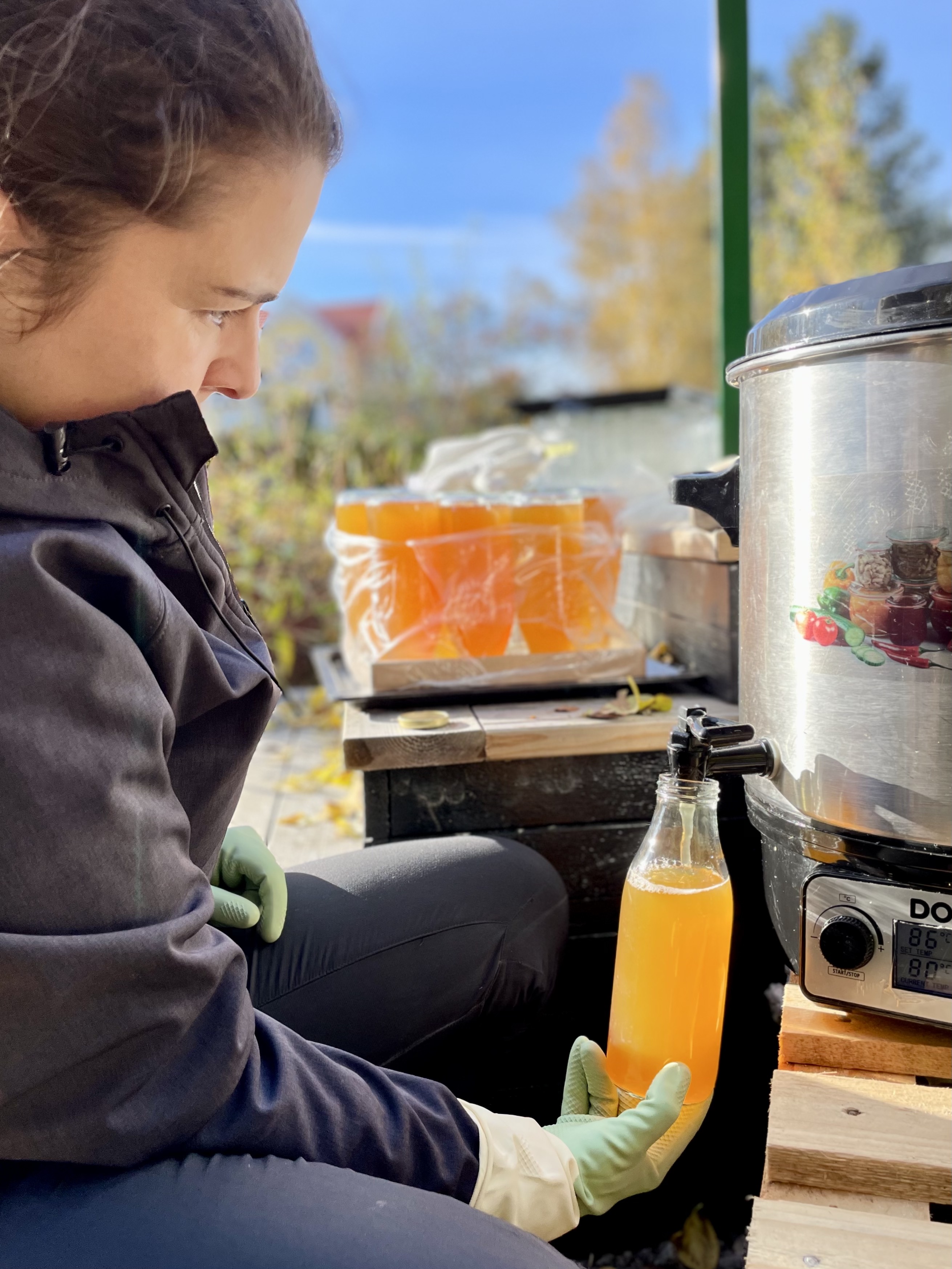
Hot juice, ready to be bottled. This bottle will last between 6 months to two years in room temperature.
The result
So, why are 7 billion SEK worth of fruit rotting away in Swedish gardens?
With this experience in mind, the answer is not one, but it’s easier to draw some conclusions. It is simply a bit too much hard work and it requires knowledge and equipment that regular people don’t have. At the same time, the process of juicing is quite nice, and not difficult. We can easily see how more people would enjoy doing it.
Don’t expect there to be a sudden spontaneous juicing revolution in our suburbs. If we want this to happen, then we need to empower people and communities to take care of this resource by launching and scaling services that make it fun and convenient to juice apples.

